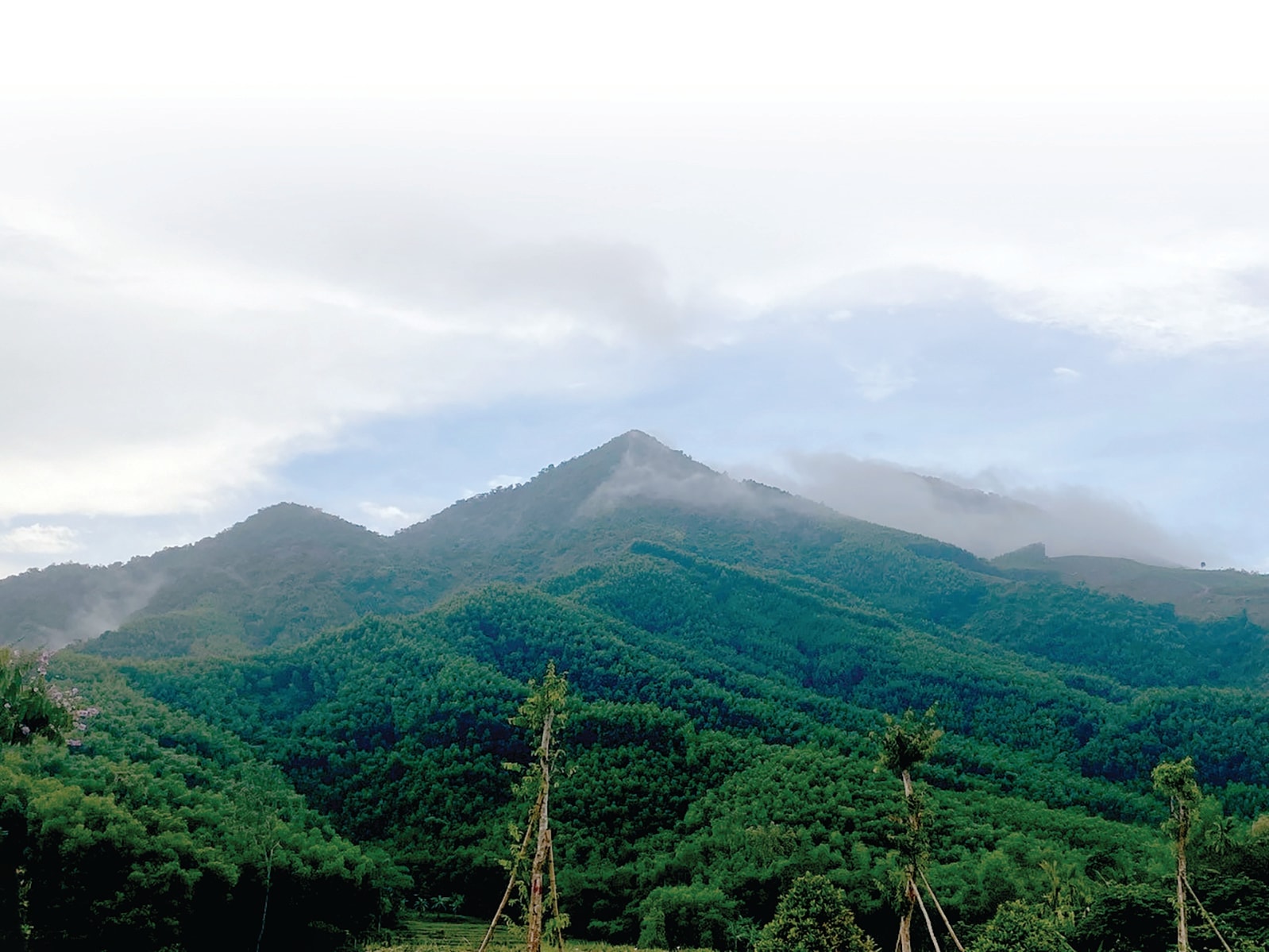
Decoding the name of Dui Chieng village
On the road leading to the village of Duoi Chieng (Que Phuoc commune, Nong Son district, old Quang Nam ) there is a kilometer marker marked “Dui Chieng”, missing the letter g. For Quang people, the pronunciation of “chien” or “chieng” is not different, so spelling is not a matter of discussion. What is worth mentioning is the name “Dui Chieng”, which is both strange and familiar, arousing curiosity and opening a journey of cultural trace.
The village of Dui Chien has been present in Quang Nam since ancient times. No one knows exactly when the village was formed, and no one has ever explained why it has such a special name. The village's name appears in the folk song of Quang Nam: "I am a stranger from afar/ I come here to sing duets, I know you are from Dui Chieng/ Tomorrow I return to Binh Yen/ I feel sorry for the girls who stay behind and have gongs but no gongs".
Old songs show that the place name Đụi Chieng is associated with familiar Vietnamese folk musical instruments: the gong and the drumstick. But it is precisely this coincidence that opens up a long story about the origin and cultural meaning hidden behind the village name.
Linguists have decoded the two words “Dụi Chieng” and surprisingly, they are not related to the familiar musical instrument as many people mistakenly think. Instead, this is a transliteration of Juh cheng in ancient Cham. In Cham semantics, juh means “circle”, cheng means land or enclosed area. Combined, Juh cheng is used to describe a residential space with an arc-shaped terrain, like a ring or a ring located at the foot of a mountain.
The change in pronunciation from Juh cheng to “Dui Chieng” also reflects the rule of Vietnamization of Cham place names: Vietnamese people added the initial consonant “d-” to make it easier to pronounce, and at the same time lengthened the vowel to suit the local dialect. Thanks to that, this place name has existed for hundreds of years, even though the original Cham meaning has gradually faded in the community’s memory.
In fact, the location of Dui Chieng today is exactly as its old name, Juh Cheng. The village is located on the back of a mountain, with a winding river in front, like a closed arm embracing the village. Satellite images also show that Dui Chieng village does not have the shape of a gong or a gong. The people of this village have always been farmers , not related to the bronze casting profession of making gongs like Phuoc Kieu village in Dien Ban. This comparison further strengthens the hypothesis of the Cham origin of this place.
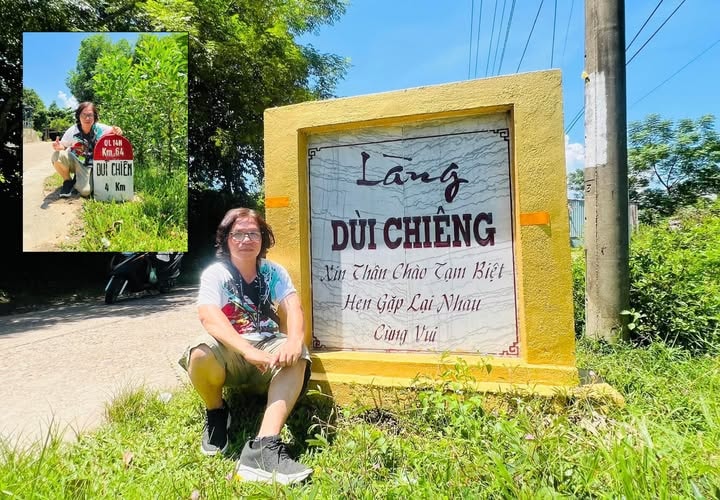
The mountain has its name from the ancient Cham language.
Not far from Duoi Chieng is the place name Ca Tang. Similar to the case of Duoi Chieng, the word "Ca Tang" is written by Quang people with the consonant "g", sometimes without it. The Quang Nam - Da Nang geographical record describes: "Ca Tang: A high mountain like a Great Wall running from southeast to northwest, forming a natural boundary between the two communes of Que Trung and Que Ninh in the west of Que Son district (now Nong Son district). Ca Tang is close to the right bank of the Thu Bon river and is understood in Vietnamese as "wall".
Meanwhile, poet Tuong Linh used the word "Ca Tan" and he had the same opinion: "Ca Tan Mountain is a branch of the Truong Son range, the mountain's shape is like a majestic and sturdy rear wall, standing tall and towering from the southeast to the northwest of the old Trung Phuoc village, now in Que Trung commune, Que Son district".
However, from the academic perspective, Ca Tang is not a pure Vietnamese word. Researcher Bui Trong Ngoan believes that the place name “Ca Tang” likely comes from the word katang in Cham, which is a polysemous word. In the context of the tradition of naming mountains in Quang Nam - Da Nang, which is often based on specific shape characteristics (such as Hon Nghe, Mo Dieu, Co Ngua, Hai Van, Thach Linh ...), the explanation according to katang 1 (pen tower) or katang 2 (small basket) has the most convincing basis.
If Ca Tang is understood as “small basket”, then this can be considered as a metaphor for the round shape of a basket-shaped mountain, which is the most convincing. It reflects the Cham people’s rich associative perception in naming mountains after the surrounding natural landscape.
Places become museums of cultural memory
Along the two banks of the Thu Bon River, from the upstream down to the My Son and Tra Kieu areas, there exist many place names that seem meaningless in Vietnamese, such as Ty Se, Truom, Kem, Ram, Ri, Lieu, Phuong Ranh, Da La, Cam La, etc. However, when placed in the context of the Cham language, each place name opens up separate layers of meaning, reflecting the cultural imprint and unique perception of the indigenous people.
A typical case is Se village, located on the left bank of the Thu Bon River in Que Lam commune, Nong Son district. In modern Vietnamese, “se” hardly evokes any meaning, but in Cham, this word is rich in expressive ability. It can mean a place name indicating a place of residence, or it can be a water name associated with the water element such as Khe Se, Ben Se. Another explanation comes from the Cham word chheh/sseh, which means “beautiful”.
Thus, the place name Sé is not only a geographical symbol, but also a linguistic evidence reflecting the way the ancient Cham people perceived and named the landscape. Through that, we realize that the designation is not simply for the purpose of identifying space, but also shows an aesthetic perception of the beautiful land of mountains and rivers along the Thu Bon River in the past.
It can be said that the above examples only stop at folk intuition, the observation of natural forms to compare some limited documents on ancient Cham language. To understand their value, it is necessary to put place names in a linguistic and cultural approach, considering them as a "memory museum" preserving traces of the past. The seemingly meaningless syllables in Vietnamese actually open up a whole system of Champa marks, through which we can read the history of the intermingling of communities that once lived on this land.
Cham echoes in Quang language
In the process of assimilation, the Vietnamese transliteration and Vietnamization of Cham place names did not erase their origins, but sometimes even helped them survive for a long time. Thanks to that transformation, many place names and village names have escaped the risk of being lost along with the process of declining role of Cham language in Quang Nam. That is why today we can still identify clues to find: a Đụi Chieng, which is thought to be associated with musical instruments but actually originates from Juh cheng; a polysemous Cà Tang; or a Sé, a Liêu, syllables that seem meaningless but contain aesthetic perception and community memory.
The names of places and villages in Quang Nam can be compared to the “Indigo stains” imprinted on the body of Champa history: both clear and vague, both present in everyday language and like distant echoes of a civilization that has receded into the past. Each place name is not only a geographical symbol but also a testament to coexistence and cultural exchange, a precious slice of history.
Therefore, preserving the original Cham place names is not simply about retaining the names but also about preserving the intangible cultural heritage. Because in those small syllables lies the collective memory and perception of the ancient residents. If one day these place names disappear completely, the history and culture associated with them will also be obscured over time. Therefore, this is not only a concern of linguistic researchers but needs to become a broader program: researching, cataloging and implementing measures to preserve the system of original Cham place names in Quang region.
Preserving a place name is preserving the soul of Quang land, a soul woven from many layers of community memories, from exchange and adaptation, from cultural bridges that have connected people here through
centuries
Source: https://baodanang.vn/vet-cham-o-xu-quang-3306081.html


![[Photo] Discover unique experiences at the first World Cultural Festival](https://vphoto.vietnam.vn/thumb/1200x675/vietnam/resource/IMAGE/2025/10/11/1760198064937_le-hoi-van-hoa-4199-3623-jpg.webp)










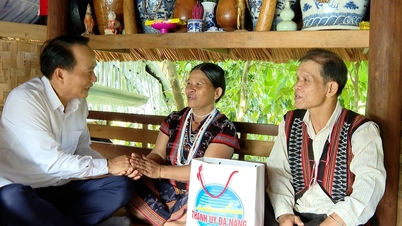
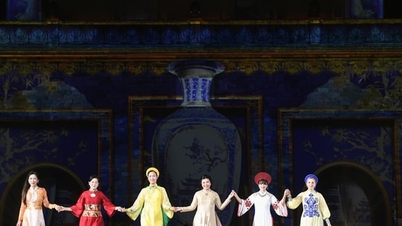


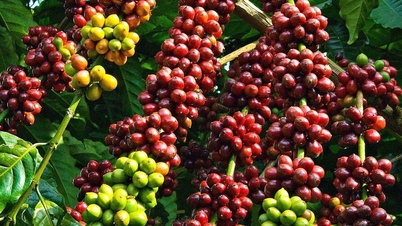

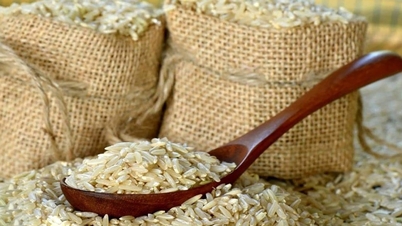





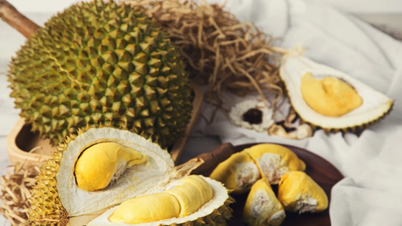


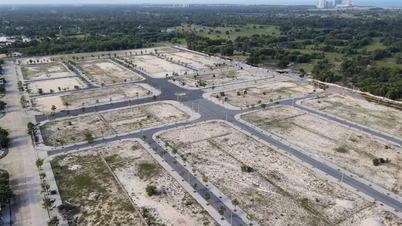

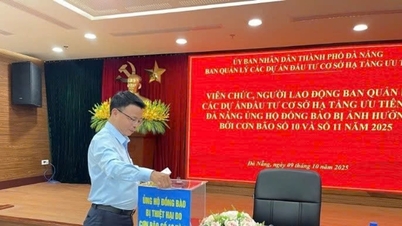
































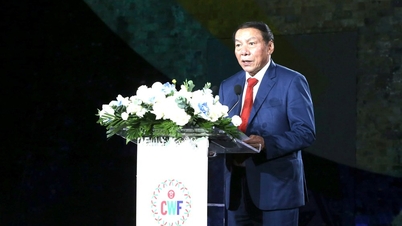

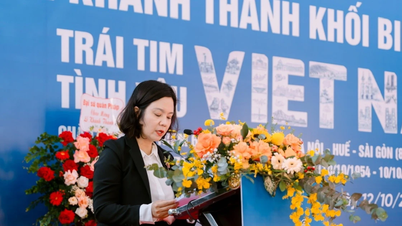
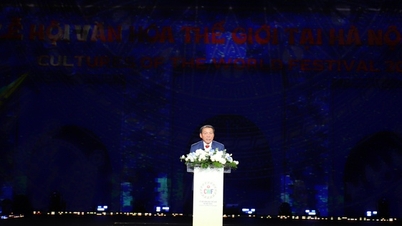


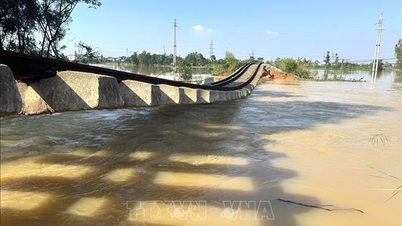





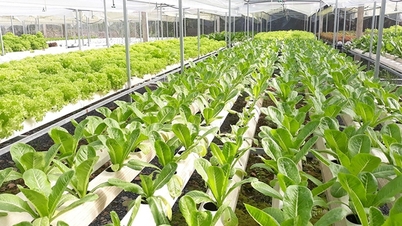


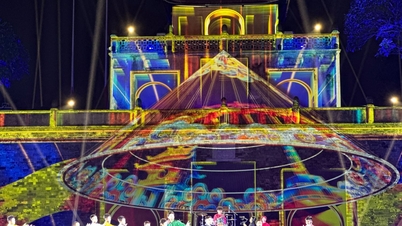

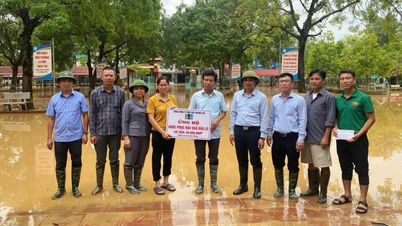



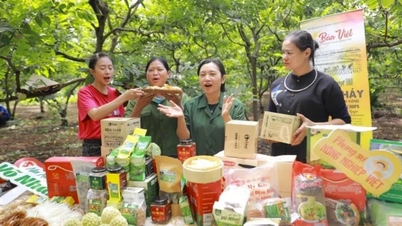















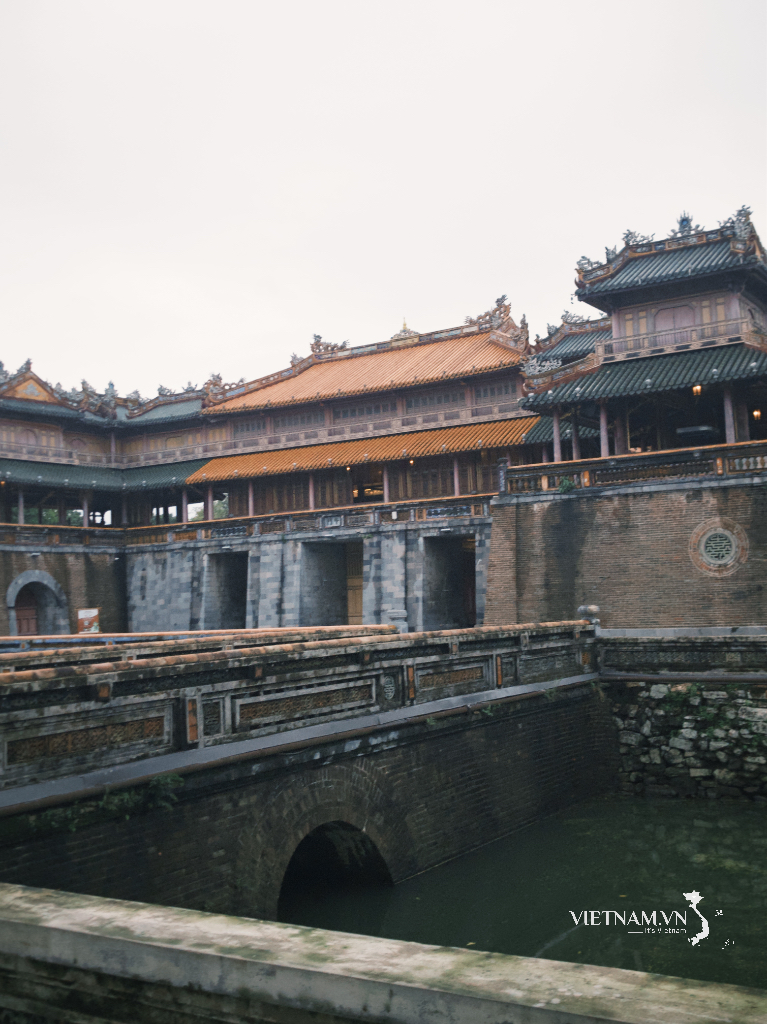
Comment (0)